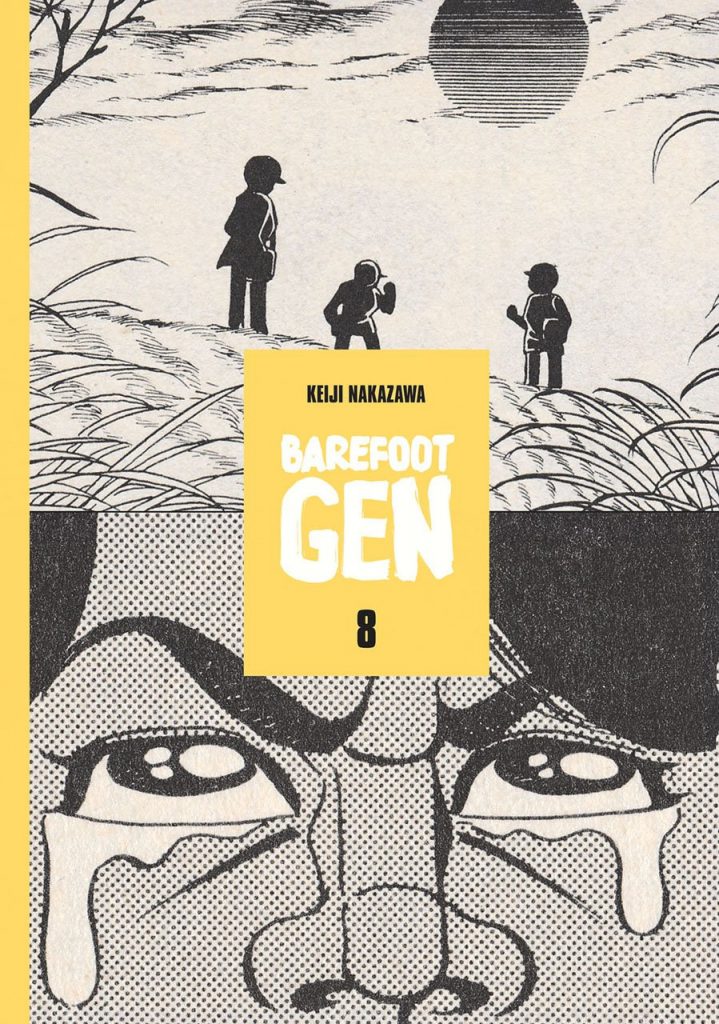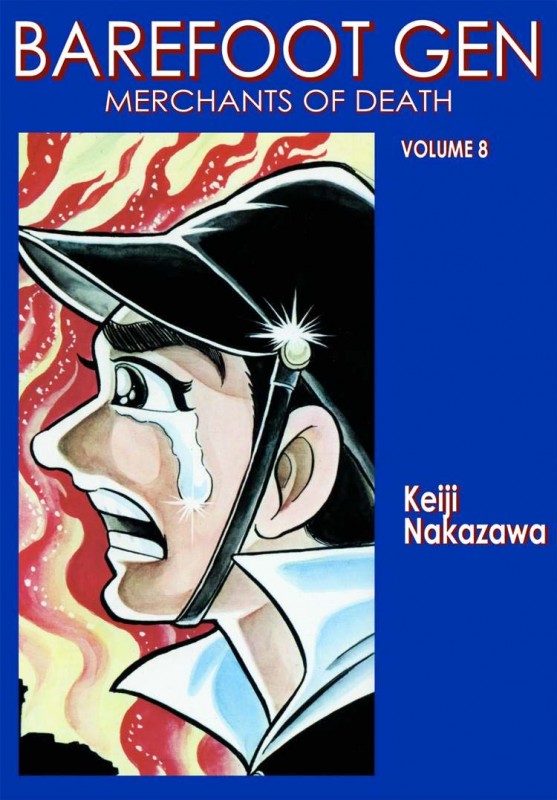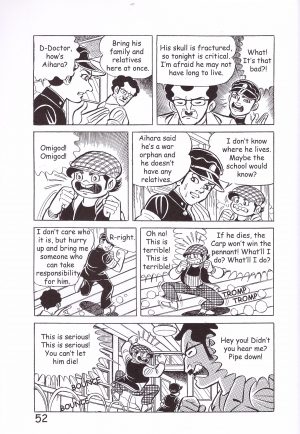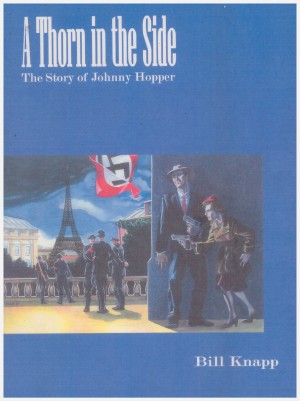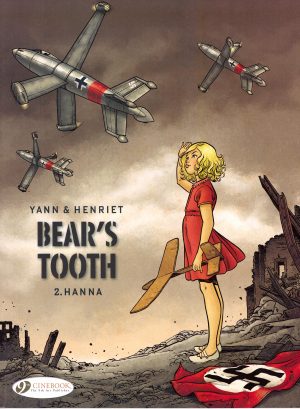Review by Ian Keogh
When Gen was introduced just before the atomic bomb dropped on Hiroshima in 1945 he was one of five children living with his parents. As Merchants of Death opens five years later only he, and older brothers Koji and Akira remain, the death of their mother shown in Bones Into Dust. The Korean War has begun, and because US forces occupying Japan are using the country as one massive military base there are fears that Japan could soon again be at war. Keiji Nakazawa takes that as his starting point to explore the complex ideologies of post-war Japan. As of 1950 Japan was still occupied by American troops with General MacArthur de facto ruler, and free political expression wasn’t high on his agenda. We see how when the Americans couldn’t stop peace protests and unions fighting for workers rights, people whose beliefs didn’t suit US purposes were prevented from working. Many former soldiers meanwhile have become addicted to the drugs they were fed to pump them up before battle.
Whereas Gen himself has remained roughly the same proportions since he was introduced, it’s noticeable with this volume that Nakazawa’s drawing his leading character somewhat older now that Gen’s at middle school. That also applies to his friend Ryuta, who doesn’t go anywhere near the school, and his buddies. Although he’s been mixed up in some serious stuff, Ryuta has also served as the comedy relief, a character who wears his heart on his sleeve, and is drawn by Nakazawa as a constantly moving bundle of energy, although comically exaggerated as seen on the sample art. It’s standard for Japanese comics, but Ryuta’s presentation can detract from more serious moments.
There are plenty of these as Nakazawa moves back into darker territory with the introduction of Gen’s new classmate Aihara, a kid with a death wish. Can baseball be his salvation? He ties into a theme of loss running throughout Merchants of Death as an undercurrent to pacifists being targeted. There is a feeling in places of the characters talking directly to the readers rather than having a conversation, but it’s effective in passing on how people’s lives were controlled. Also effective is the way Nakazawa shows how difficult it is to live advocating peace. Gen does that, often railing at war, yet personally he’s easily provoked into violence.
Other problems covered are a member of the supporting cast falling ill, city planning having no concern for people living in houses they want to demolish, and a surprise discovery about Koji. By the time Merchants of Death ends Gen is thirteen, and a problem remains unresolved to be picked up in Breaking Down Borders.
Every volume of Barefoot Gen is instructive, funny in places and a testament to Gen’s father’s maxim about how people have to be like wheat, which is trampled down, yet grows back strong.
